Theaters
Lyceum
The oldest playhouse boasts a vaulted ceiling, murals, and elaborate plasterwork. Often used as an auxiliary for Lincoln Center.
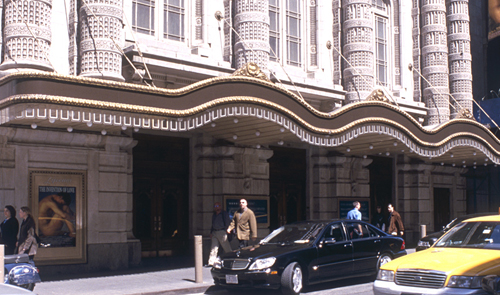
Lyceum
New Victory Theater
Built for Oscar Hammerstein in 1900, this had resorted to X-rated films until restored in 1995 to present family entertainment.
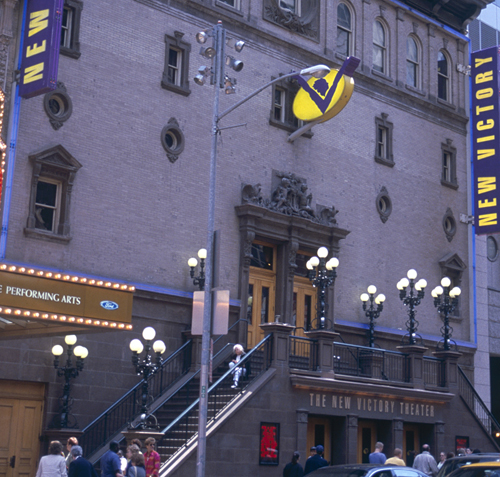
New Victory Theater
Hilton Theater
The
rundown Lyric and Apollo were combined to form this showcase for
musicals in 1998, marking the arrival of corporate sponsorship for
theaters.
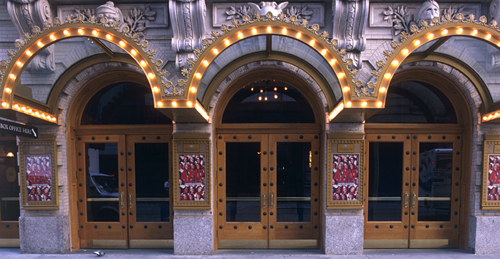
Hilton Theater
Shubert Theater
Built
in 1912–13 as a lavish site for musicals and headquarters for the
Shubert Organization. The Booth, opposite, was built at this time.
New Amsterdam Theater
This Art Nouveau beauty housed the famous Ziegfield Follies. Restored by Disney, it is home to the popular Mary Poppins.
Hudson Theater
A restrained façade belies the lavish interior, including an inner lobby with a classical arcade and domes of Tiffany glass.
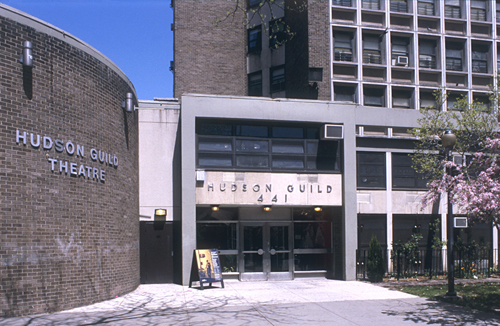
Hudson Theater
Belasco Theater
A
1907 monument to impresario David Belasco, who supervised the unusual
Georgian Revival design. The rooftop duplex was his personal residence.
Lunt-Fontaine Theater
Originally the Globe (finished in 1910); part of the roof of this venue could be removed to create an open-air auditorium.
Palace Theater
Sarah
Bernhardt inaugurated the stage, and playing the Palace became the
ultimate assignment. Now restored as a venue for musicals.
Winter Garden Theater
Originally
the American Horse Exchange in 1885, this was acquired by the Shuberts
in 1910 and remodeled in 1922. Until 2000, it was the home of Cats.
A Brief History of New York Theater
The first of
countless theaters built in New York is thought to have been the New
Theater, erected in lower Manhattan in 1732. The city’s theatrical
center steadily moved uptown to the Bowery, then Astor Place, Union
Square, and Herald Square, until it settled for good around Longacre
Square (now Times Square), following the opening of Oscar Hammerstein’s
Olympia Theater on Broadway in 1895. Some 85 theaters were built over
the next three decades, many with grand Beaux Arts interiors by
architects such as Herbert J. Krapp, and Herts and Tallant, the latter
responsible for designing cantilevered balconies that eliminated the
need for columns. Impresarios like the Shuberts and the Chanins made
theater-going more democratic by blurring the class distinction between
orchestra and balconies, using a single entrance for all. As modern
theaters replaced them, more than 40 of these beauties have been
demolished. Fortunately, the rest have now been designated landmarks.
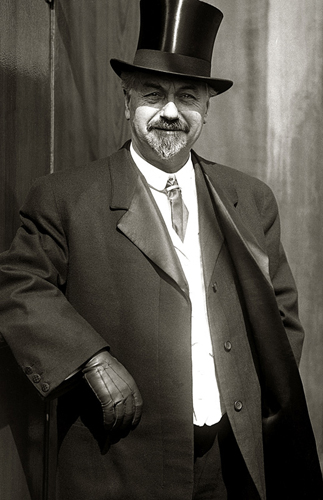
Oscar Hammerstein
Top 10 Broadway Shows